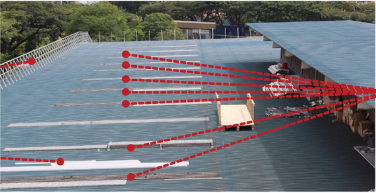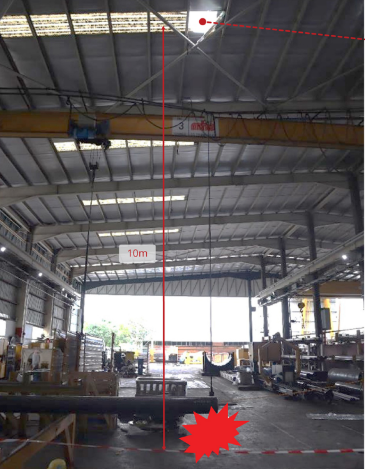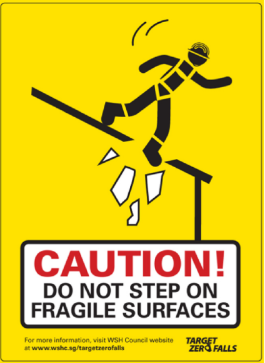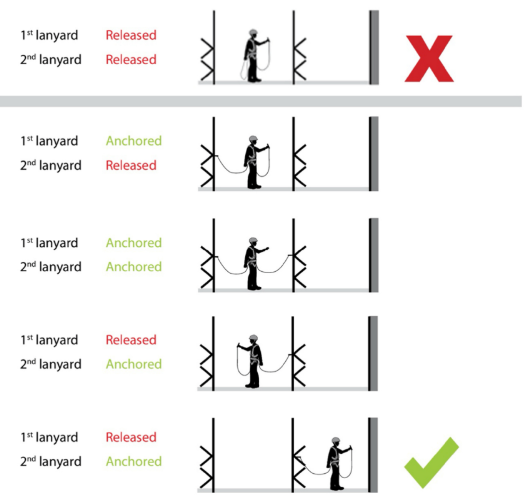In early December 2024, four workers were tasked to install guardrails at the edge of a workshop roof in preparation for installation of solar panels. After completing the installation at one side, the workers unhooked their travel restraints to move to another side of the roof. During the process, one of the workers fell 10 metres through a skylight, landed on the workshop floor and died subsequently.
There were multiple skylights on the workshop roof. Metal gratings (meant to serve as skylight covers) were found beside the skylights but have yet to be installed. The workers were moving around the rooftop with their safety harnesses unsecured at the time of the accident.
Skylights installed on roofs are typically fragile surfaces not designed to support the weight of a person. Similar fatal accidents had occurred on October 2023 and May 2022 where two workers fell through a skylight in separate incidents. The WSH Council calls on all companies carrying out roof works to conduct a rooftop risk assessment, identify site-specific risks, and implement the necessary control measures to prevent falls.




